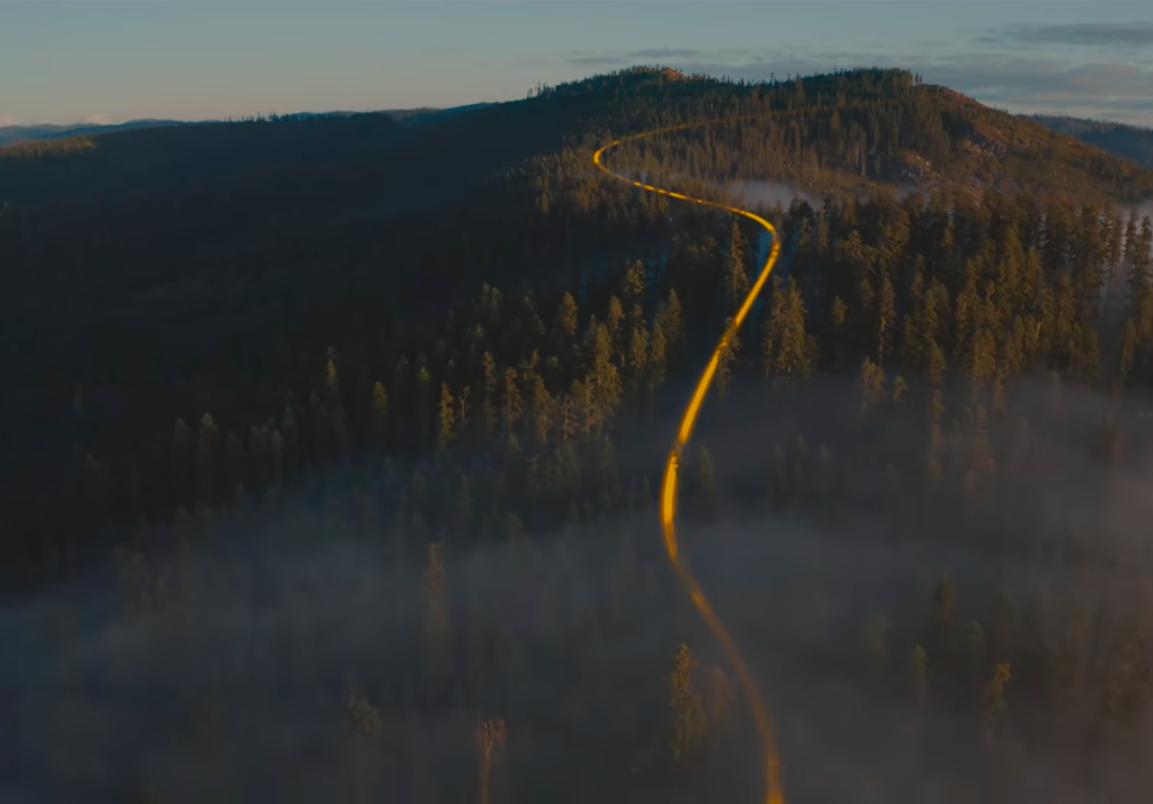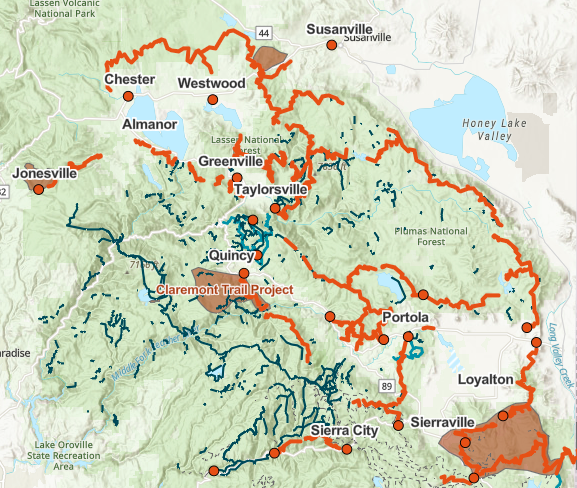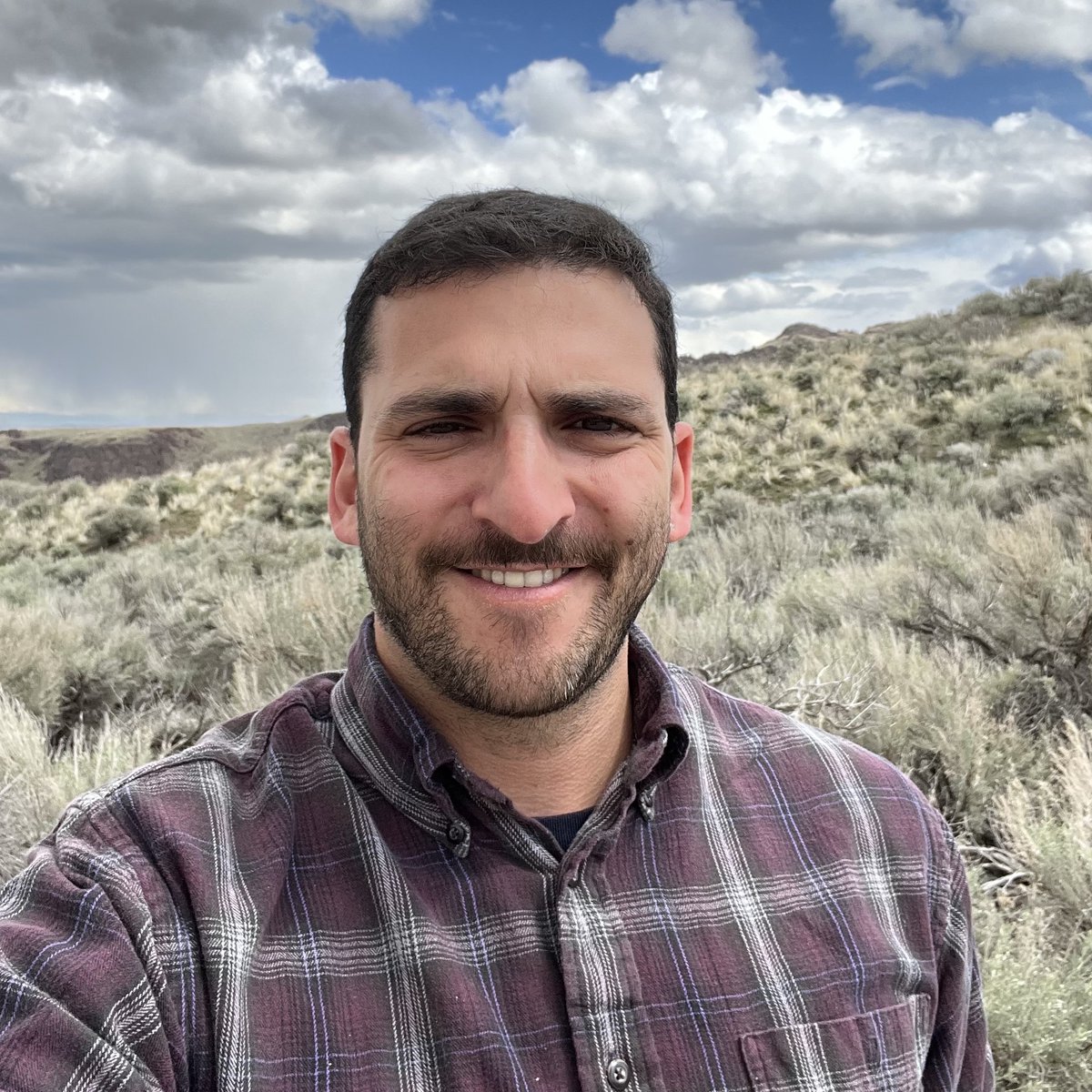There is some debate as to where the name “The Lost Sierra” comes from, but it’s become the common name — and an apt one — for the lesser-traveled towns, alpine lakes and peaks near Reno, Nevada, and within the northern reaches of eastern California’s Sierra mountains.
More than a dozen communities are tucked away across this area, which is fragmented by the mountainous terrain of the surrounding national forests and, more recently, by extreme wildfire.
Over the past few years, Trinity Stirling, who lives in Quincy and grew up in the Lost Sierra, has made it her mission to help connect these scattered communities with the hopes of giving their economies a boost by creating more recreation opportunities. And that mission starts with trails.
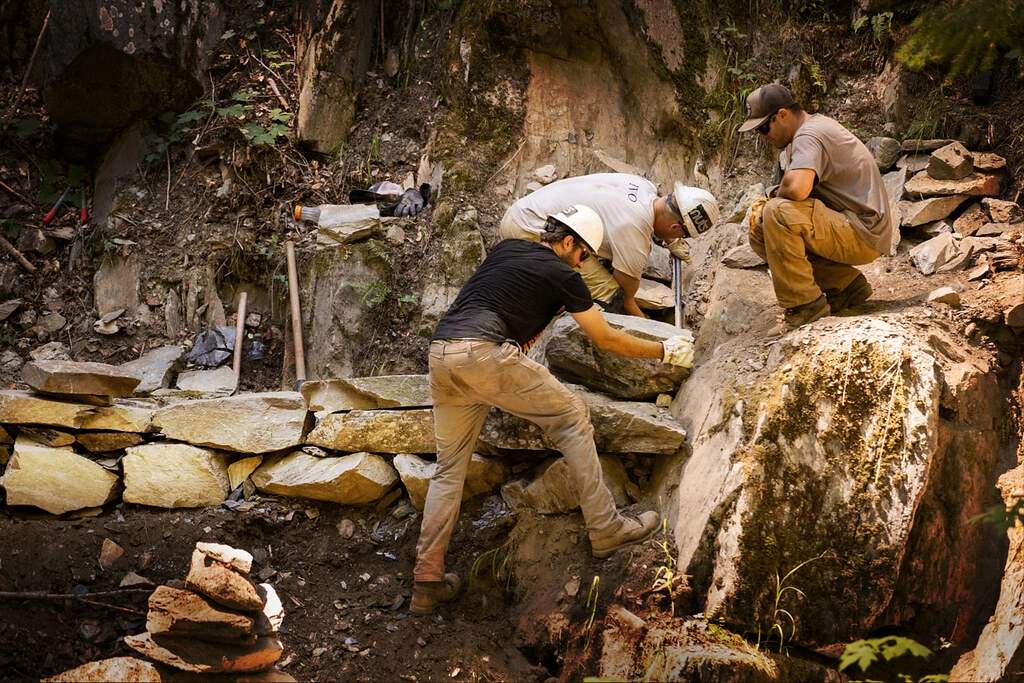
As the former project manager with the Sierra Buttes Trail Stewardship, Stirling worked on a long-term project to connect more than a dozen rural towns with a long-distance trail stretching about 600 miles. Stitched across federal public land, the trail network is coming together in stages, building off existing trails. So far, about 74 miles are under construction and 30 miles have been finished — with broad support for building more. “A lot’s happening,” says Greg Williams, the group’s executive director. For now, he says the biggest challenge is funding.
The goal of the Lost Sierra Route, as the long-distance trail will be known, is to improve access to public land at a time when more and more people want to get outside, while at the same time connecting isolated communities and working to diversify the regional economy, which grew around the booms and busts of natural resource industries like mining, logging and ranching.
“Obviously we’re connected by roads,” Stirling says. “We have a lot of dirt roads. But one of the early concepts for this project, once it’s built, is creating a community passport.” The passport would encourage trail users to travel from town to town, checking out different businesses and getting a sense of the varied places connected to the trail system.
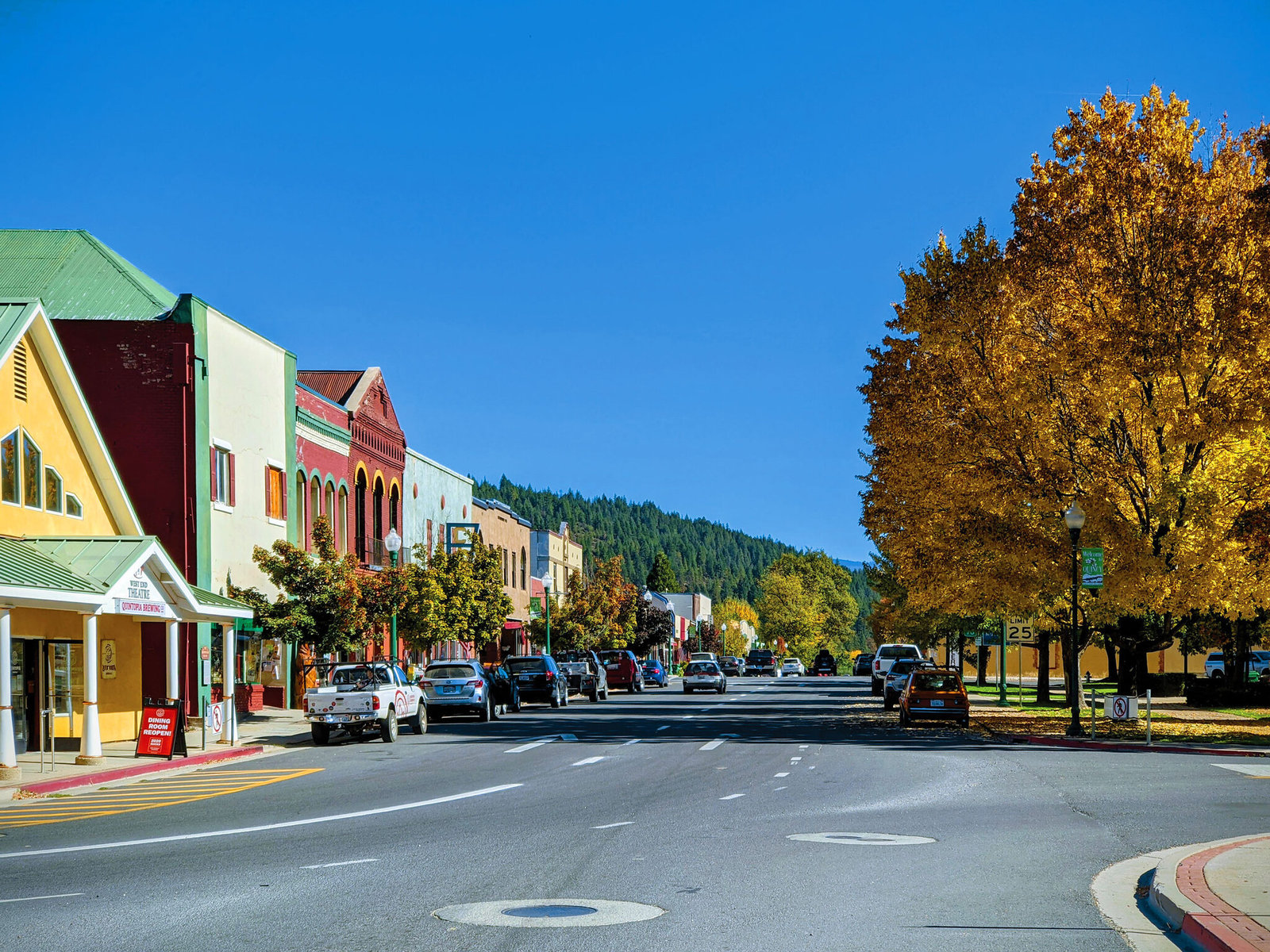
Already, the region is seeing success in building out a stable recreation economy. It’s a popular spot for mountain bikers, who are drawn to existing trails and races like the annual Downieville Classic, which Williams created in 1995. Williams, who started the stewardship group in 2003, says as he worked on more trail projects, there was increasing interest in a regional system.
“We’d go to Board of Supervisor meetings or Chamber of Commerce meetings and neighboring towns would say, ‘Hey, what about us? We’re struggling. We’re surrounded by national forests. We live in a beautiful place that we feel like people want to come [visit],’” Williams recalls.
Williams points to Quincy, a town of about 1,600 people surrounded by national forest land, as a strong indicator for the potential in creating more recreation opportunities. “Quincy just had a brewery-restaurant open. So now there are two brewery-restaurants in town that didn’t exist before trails were there,” he says. “The local motels are buying new mattresses and painting the sidings…. So we’re seeing it happen.”
The businesses Williams talks to say they “need more people,” especially midweek.
And more trails, connected and organized, are likely to bring more people. “Nationwide, the outdoor industry just grew to a $1.1 trillion annual industry, which is ginormous,” Stirling says.
The data bears this out.
For decades, rural communities across the country, from New Mexico to Vermont, have looked to recreation as a way to diversify their economies, create resilience and improve quality of life.
This is especially true in areas that grew with extractive industries — oil and gas, mining, grazing and timber — where boom, busts and drought left economies vulnerable, according to Megan Lawson of Headwater Economics, a Montana-based firm that researches outdoor recreation.
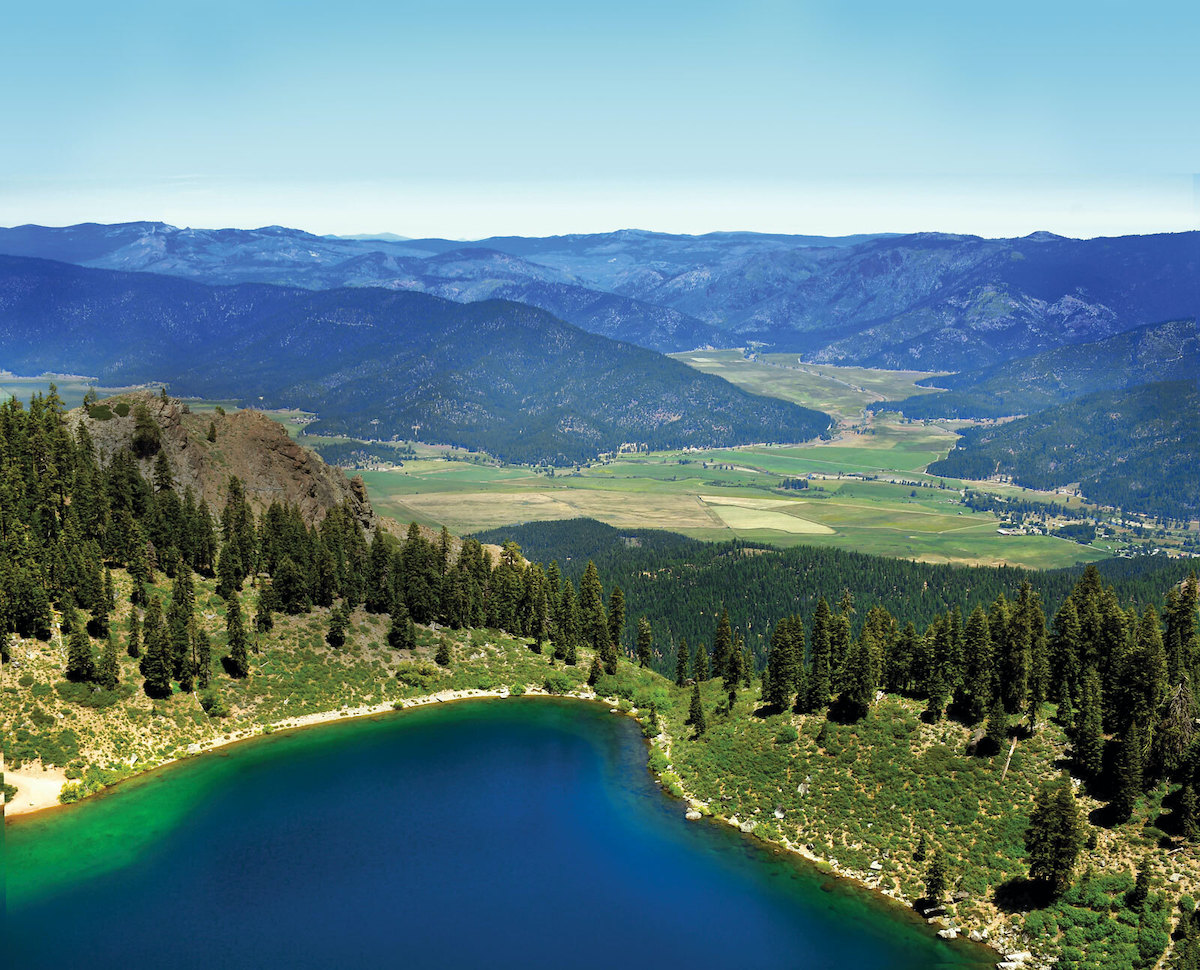
Trails can serve multiple purposes for communities, Lawson says, and the economic impact is not only about attracting tourists. Having opportunities to explore trails, fly fish in scenic rivers or take a peaceful walk after work can make places more attractive to live or start a business in.
Lawson says this has been especially true in rural areas, even before the COVID-19 pandemic, which accelerated the growth of the outdoor recreation industry. In 2019, Headwater Economics published a report finding that more people moved into rural recreation counties — on average — between 2010 and 2016 than non-recreation rural counties, where populations fell.
She says rural counties that invested in the infrastructure to support recreation opportunities were more resilient in the face of boom-and-bust cycles and other economic challenges.
Trails are one of the things that brought Jonas Crews, an avid biker, to northwest Arkansas. Crews studies outdoor recreation as an economist for Heartland Forward, a research group that looks at public policy in 20 states (the group, based in Bentonville, Arkansas, was started with funding from the heirs of Walmart, which is headquartered there). Bentonville is the municipal anchor for hundreds of miles of trails, some of which connect to outlying rural areas through gravel paths.
Spring is one of the busiest times. In any given week, Crews says all you have to do is ask people where they are from and you will find out which state is on spring break based on who is using the regional mountain bike trails.
As more people went outdoors and remote work became an option for high-wage service jobs during the pandemic, some workers moved from urban counties to counties with better access to outdoor recreation, a trend not only in hotspots like the Mountain West but across the country.
In response, Chris Perkins, a vice president with the Outdoor Recreation Roundtable, says that he is “seeing communities of all sizes [that] have all sorts of political backgrounds and demographics around the country invest in outdoor recreation, infrastructure and access like never before.” Yet as more recreation has attracted new residents, cost of living has soared in many towns.
“Tourism is incredible but it doesn’t pay a whole lot, frankly,” Crews notes. He argues that regions have seen success in attracting higher-paying jobs when they diversify beyond tourism, lure outdoor businesses and develop expertise in a specific part of the industry.
Not relying solely on tourism, he says, is vital because “we don’t want to see every town become a ski town where the people that grew up there can’t live there anymore because they can’t afford it.”
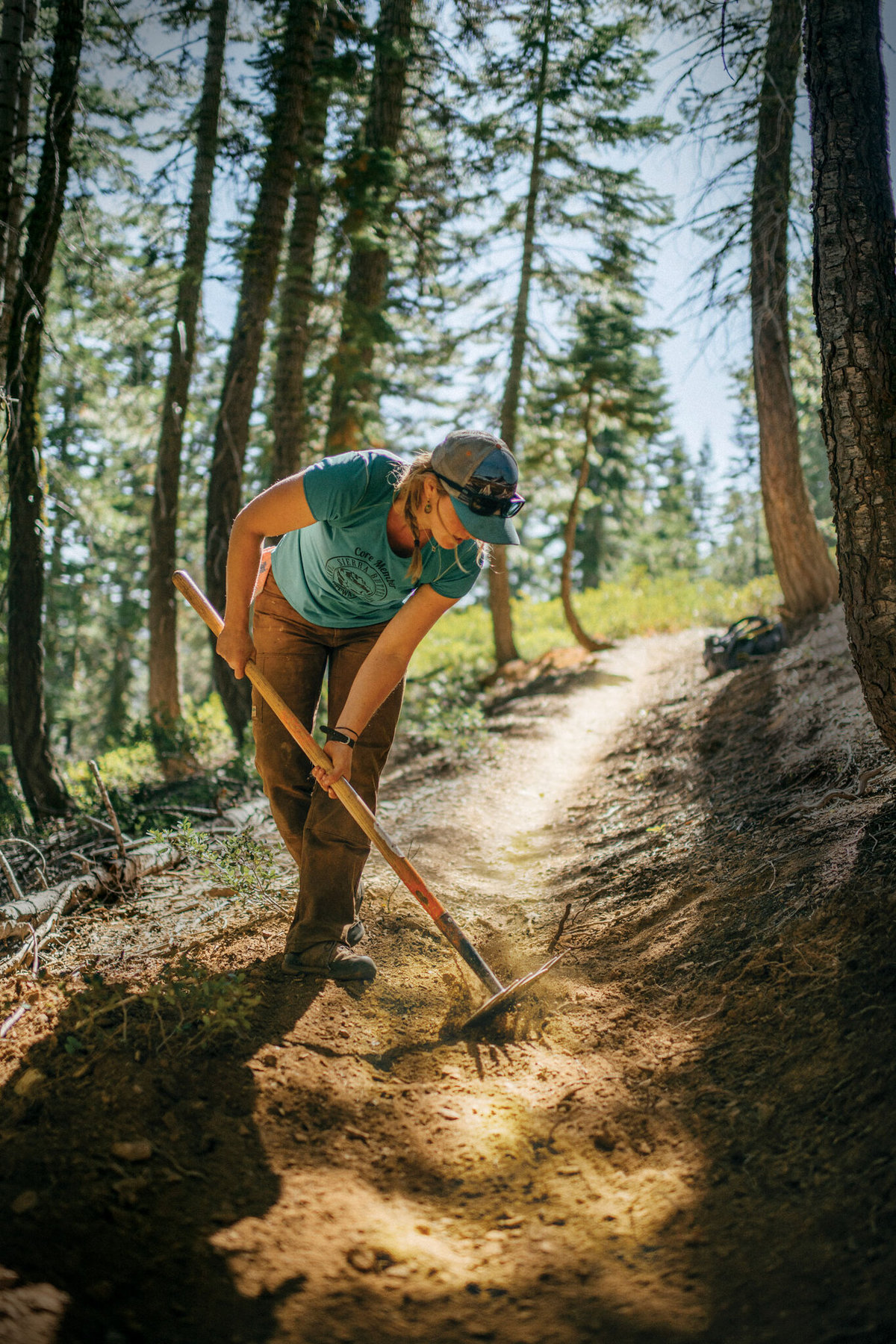
Earlier this year, Outdoor Recreation Roundtable released a second version of its rural economic development toolkit. Notably, it included a section devoted to addressing housing issues, what Perkins describes as “the challenge.” But there are other barriers too: Funding for infrastructure, getting community buy-in, varied land ownership and the time it takes to plan new trails.
Working with different parts of communities early on is critical, says Claire Polfus, the recreation programs manager for the state of Vermont. Even successful recreation projects bring change, and “there’s people who win and people who lose out of any change that happens,” she says.
For example, Kingdom Trails, a network of trails spanning more than 100 miles based in East Burke, Vermont, has achieved its goals and more, Polfus says. But it has also hit roadblocks ranging from issues over land ownership to the rising cost of living in the areas surrounding the trails.
She says it’s important to engage first with communities and ask, “What do we want to be?”
In some cases, what a community wants and needs can shift due to circumstances beyond its control.
In 2020 and 2021, the North Complex Fire, the Dixie Fire and the Beckwourth Complex burned through more than one million acres in the Lost Sierra, devastating forests and many of the rural towns at the center of the Lost Sierra Route. The mountains that tower over the region drain into the upper Feather River watershed, which has seen more than half its acreage burn since 2017. The Dixie Fire in 2021 left downtown Greenville decimated, reducing historic buildings to rubble.
Even before the fires, Sierra Buttes Trail Stewardship worked to solicit feedback and build wide support from a wide range of local politicians, government agencies and business organizations.
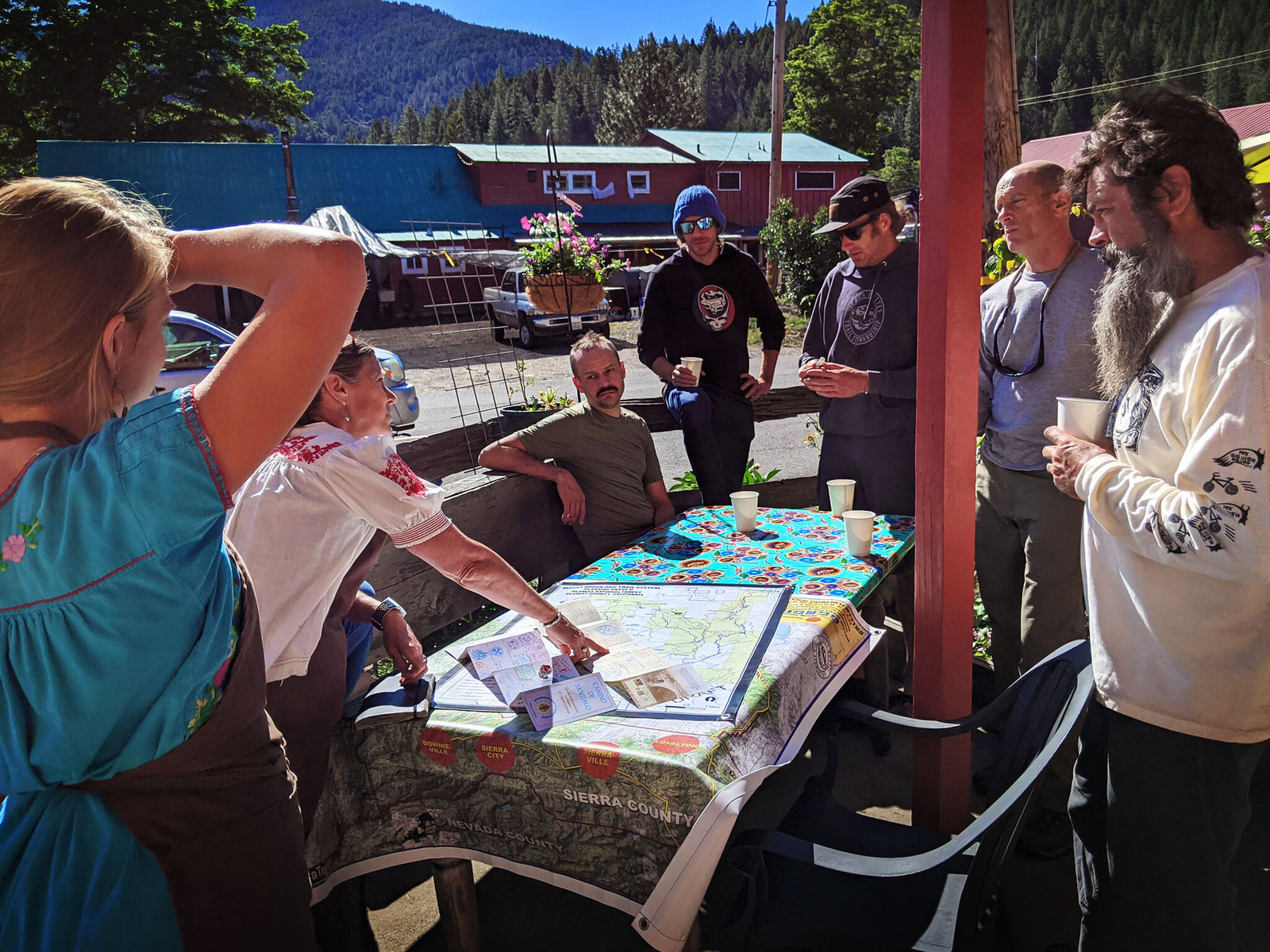
Stirling says people are mostly “in alignment” with the idea of building additional trails.
But, she acknowledges, “our region’s catastrophic wildfires reprioritized everyone’s community needs and everyone’s personal interest. We’re still walking this path for connected communities, but also recognizing that yes, trails are not at the top of everyone’s Christmas wish list.”
“Homes and rebuilding communities are there as well,” she adds.
Weighed down by negative news?
Our smart, bright, weekly newsletter is the uplift you’ve been looking for.
Trails can take years to build out, and the Connected Communities project is years from its full completion. That has provided opportunities to rethink the trails in response to feedback — and fires. Williams, the executive director, says fire “changed the look and feel of the landscape, but also how we look at trails.” The organization plans to look at managing vegetation in the 100-foot corridor around trails to help prevent the spread of future fires. New trails, he says, can also play a role in rebuilding Greenville, a town that was just hanging on, even before the fires.
“Recreation is key to their future,” he says of the Lost Sierra Communities. “A lot of the people who live there live there because of the access to public lands, whether they walk, ride a horse, ride a motorcycle or hop in a jeep and go. That’s super important to their lifestyle and well-being. So this project fits right in line.”



